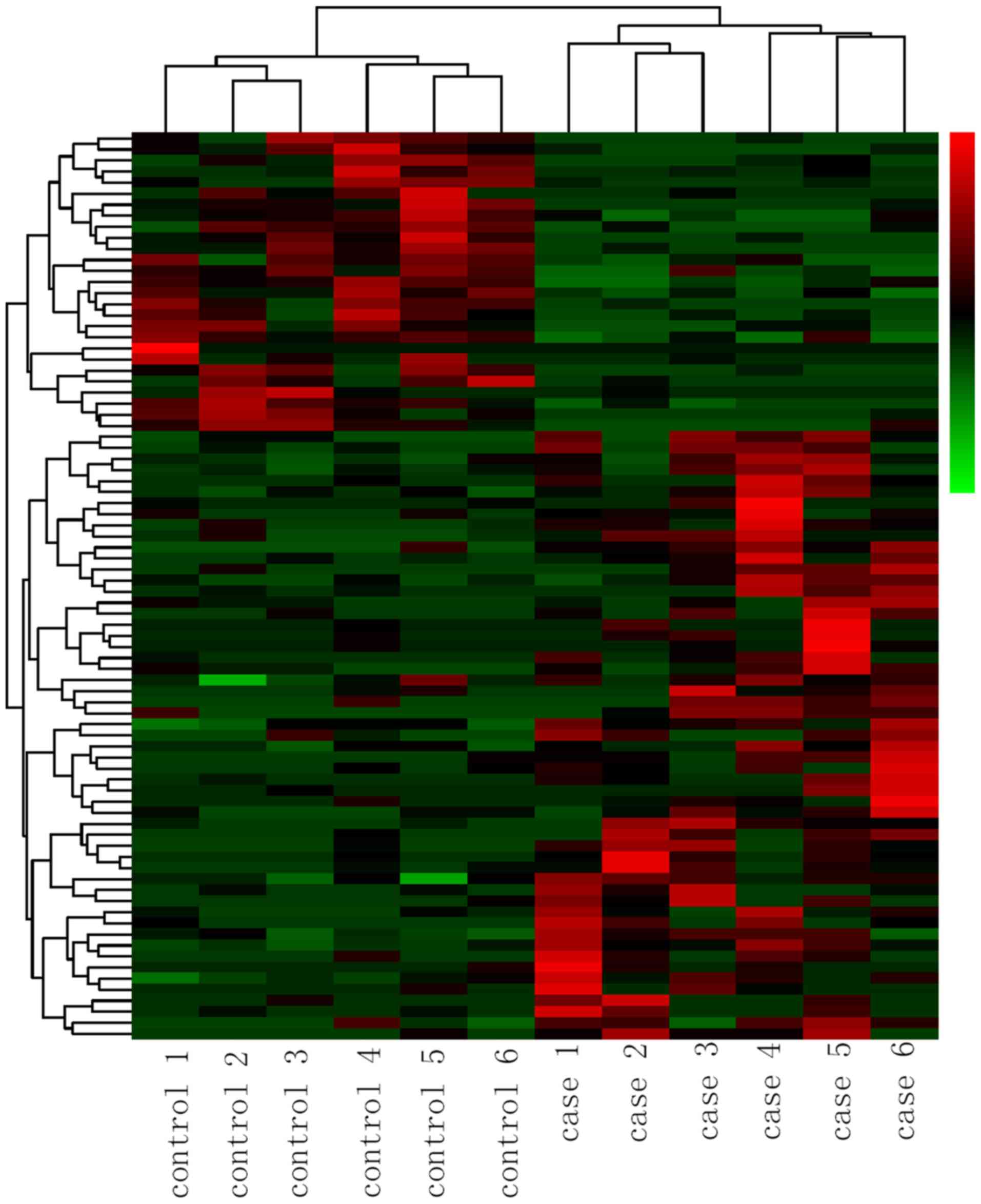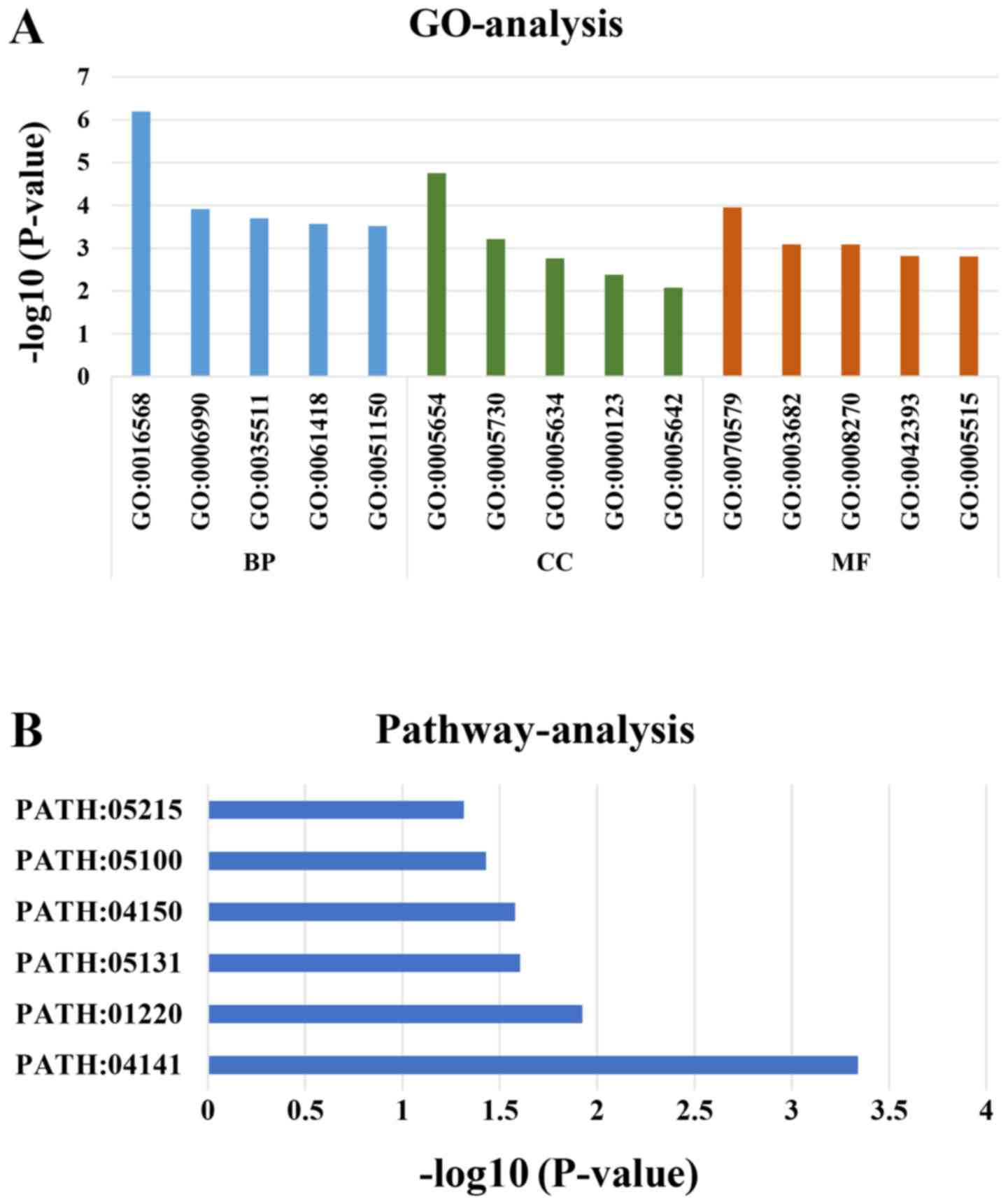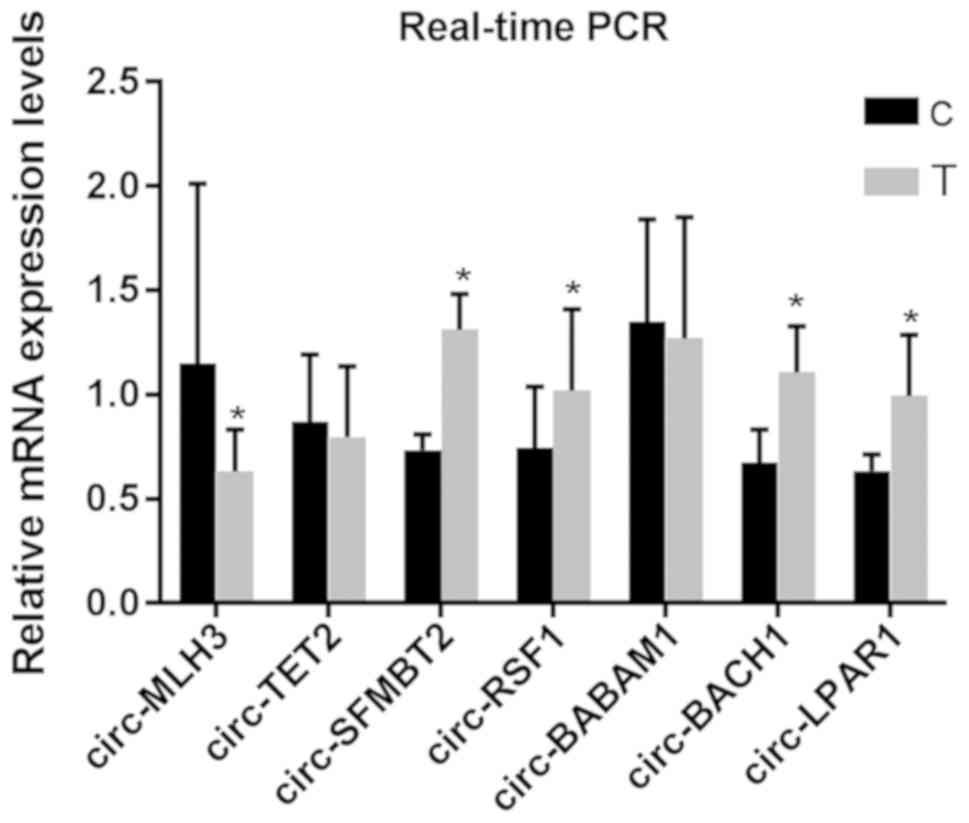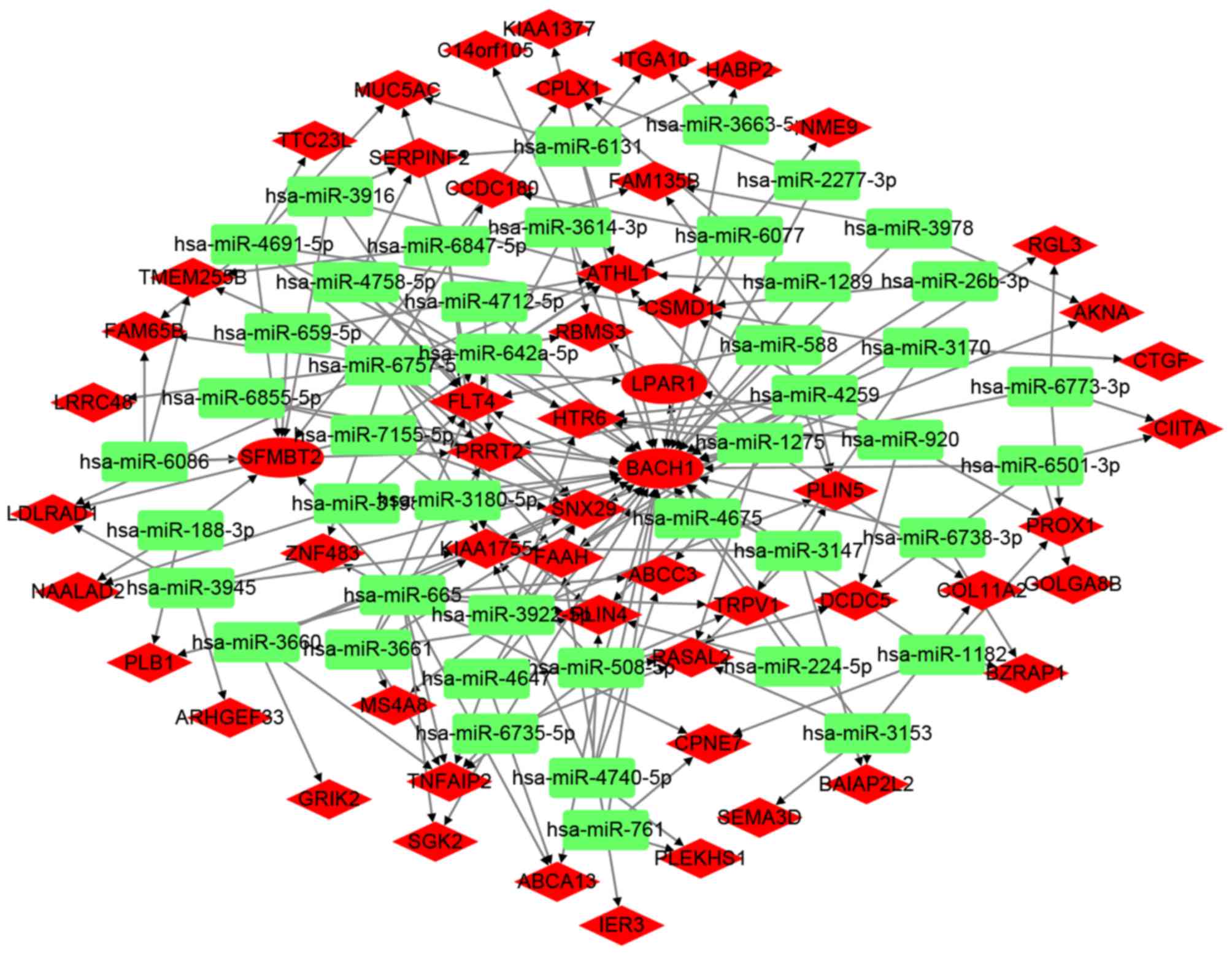Spandidos Publications style
Shen J, Chen L, Cheng J, Jin X, Mu Y, Li Q, Xia L, Gao Y and Xia Y: Circular RNA sequencing reveals the molecular mechanism of the effects of acupuncture and moxibustion on endometrial receptivity in patients undergoing infertility treatment. Mol Med Rep 20: 1959-1965, 2019.
APA
Shen, J., Chen, L., Cheng, J., Jin, X., Mu, Y., Li, Q. ... Xia, Y. (2019). Circular RNA sequencing reveals the molecular mechanism of the effects of acupuncture and moxibustion on endometrial receptivity in patients undergoing infertility treatment. Molecular Medicine Reports, 20, 1959-1965. https://doi.org/10.3892/mmr.2019.10386
MLA
Shen, J., Chen, L., Cheng, J., Jin, X., Mu, Y., Li, Q., Xia, L., Gao, Y., Xia, Y."Circular RNA sequencing reveals the molecular mechanism of the effects of acupuncture and moxibustion on endometrial receptivity in patients undergoing infertility treatment". Molecular Medicine Reports 20.2 (2019): 1959-1965.
Chicago
Shen, J., Chen, L., Cheng, J., Jin, X., Mu, Y., Li, Q., Xia, L., Gao, Y., Xia, Y."Circular RNA sequencing reveals the molecular mechanism of the effects of acupuncture and moxibustion on endometrial receptivity in patients undergoing infertility treatment". Molecular Medicine Reports 20, no. 2 (2019): 1959-1965. https://doi.org/10.3892/mmr.2019.10386


















